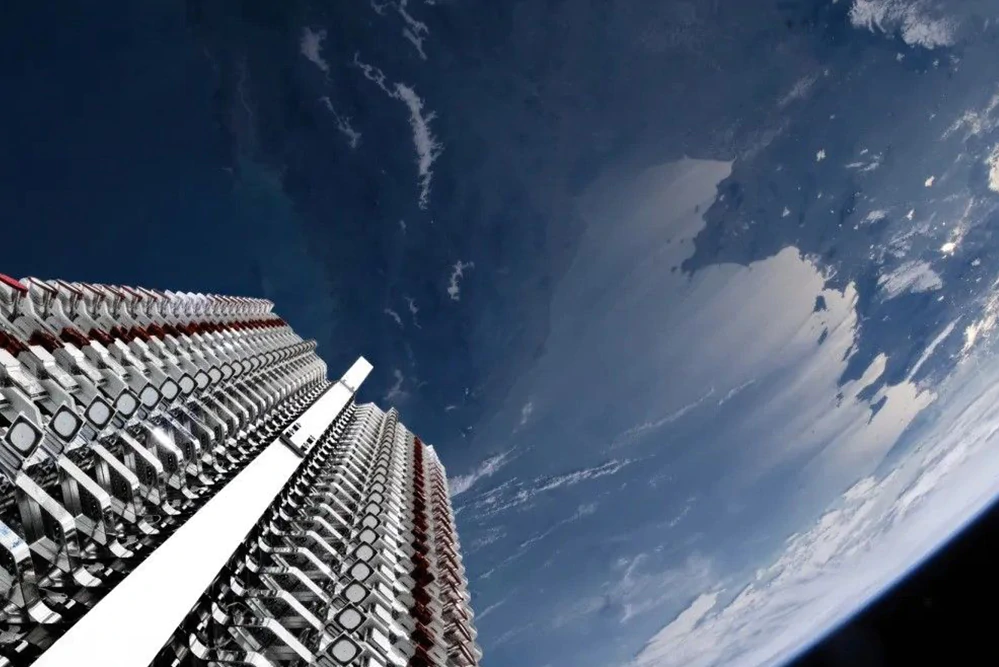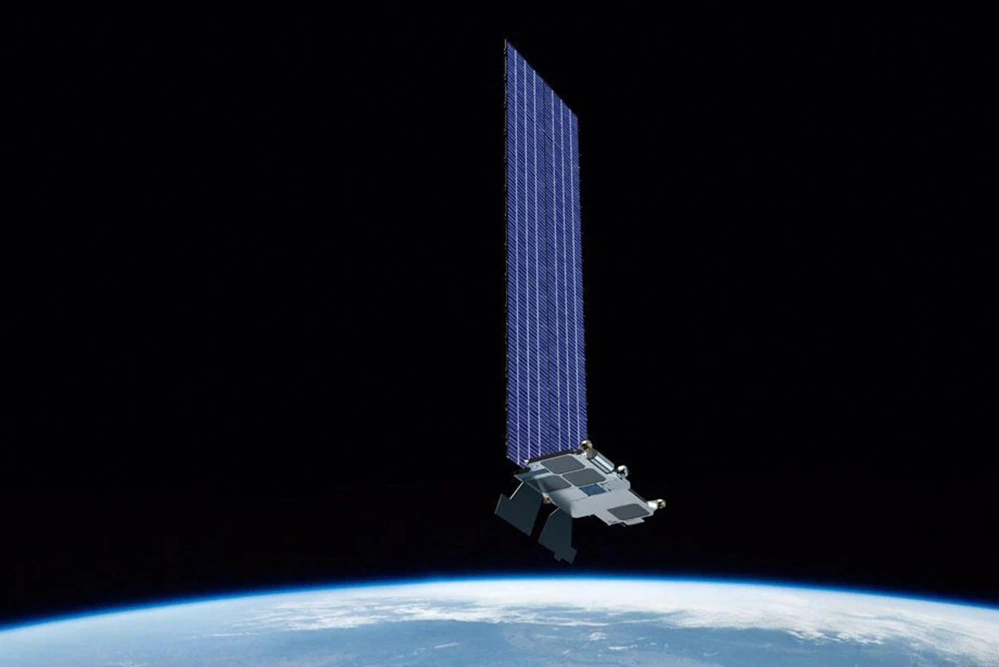The Earth's electromagnetic field, also known as the geomagnetic field, is primarily generated by the movement of molten iron and nickel in the planet's outer core.
But the Earth's upper atmosphere also plays a role in interacting with and affecting this magnetic field in several ways.
For example, the ionosphere, which is the region where the gas molecules are ionized by solar radiation. This ionization process creates charged particles that interact with the Earth's magnetic field, causing variations and disturbances. Then, solar activities that interact with this upper atmosphere can also affect magnetism.
And not to mention, the magnetosphere, which helps protect the Earth from radiation.
They work in tandem, which means that anything 'alien' in this region may disrupt how everything works.

A former NASA physicist, Dr. Sierra Solter-Hunt, has issued a statement regarding the proliferation of low-cost satellites.
In particular, she names the megaconstellations led by Elon Musk's Starlink.
She warns that the many man-made satellites orbiting Earth's upper atmosphere have the potential to disrupt the magnetosphere and consequently, exposure to cosmic rays to the planet's surface.
This can be caused by the substantial quantity of Starlink's internet satellite debris produced by SpaceX.
According to Dr. Solter-Hunt's study, she estimated that more than 1.3 tons of space junk and debris are added to Earth's atmosphere every hour. And this number is growing.
And this is going to be worse, as the possible cumulative effect of the 5,504 functioning Starlink satellites already in orbit, and the plans for tens of thousands more, especially as existing satellites approach the end of their lives.
Dr. Solter-Hunt said the issue stems from the "conductive particulate" that is made of metal in orbit.
According to her, the buildup of this highly conductive metal debris may disrupt, or even trap Earth's magnetic field, which might result in atmospheric stripping that is similar to what happened on Mars and Mercury.

The Earth is literally a huge ball of magnet, with fast-moving metal objects swirling above it.
Unlike meteorites, which are small and only contain trace amounts of aluminum, satellites are huge. They are about the size of a truck, and consist entirely of aluminum and other exotic, highly conductive materials. And highly conductive materials can create charging effects and act as a magnetic shield.
When these satellites are left to die, they are losing their orbit, and can ignite with plasma, before pulverizing into smaller chunks or litter, and rip through the ionosphere and atmosphere.
If all of these conductive materials accumulate into a huge layer of trash, it could trap or deflect all or parts of the Earth's magnetic field.
The problem is that space, isn’t really a giant, self-cleaning void.
And while the space is indeed vast, pretty much everything in it is held through some means of magnetism, and on Earth, systems like the magnetosphere that keep humanity and all living things alive and supplied with oxygen.
Because of this, the Earth's magnetosphere should be protected. Instead, humanity is filling it with electronic waste so that billionaires can trade electromagnetic signals for dollars that can make them even richer.

Dr. Solter-Hunt highlights the importance of resolving the issue, drawing on her time working with NASA's Stardust spacecraft research team and her later work investigating electromagnetic behavior in low-Earth orbit at the U.S. Air Force Research Laboratory.
Due to her worries, she urges the space industry to stop exploiting the Earth's upper atmosphere as disposal sites for abandoned satellites and supports swift action to reduce the amount of trash in space.
She is echoing the concerns voiced by rivals of SpaceX, as well as other scientists on the possible disruption to astronomical study caused by Starlink satellites interfering with ground-based observatories.
Studies about how space junk affects Earth's magnetism are kind of scarce, because scientific researches about space are intertwined with commercial space ventures, which have a vested interest in avoiding these questions.
But despite that satellites are too small to ever affect Earth in any way, its sheer number, and how the number is growing is what worries the scientist.
Dr. Solter-Hunt has no doubt that the sheer vastness of this pollution is going to disrupt Earth's delicate plasma environment in one way or another.
If metallic object littering the atmosphere is not enough, the rocket chemicals saturating the atmosphere with ozone-depleting alumina is also making things worse.
While some planetary scientists and astrophysicists are still dubious about the worst-case scenarios put forward in Dr. Solter-Hunt's work, the scientific community is coming to understand how urgent it is to confront the expansion of satellite megaconstellations."